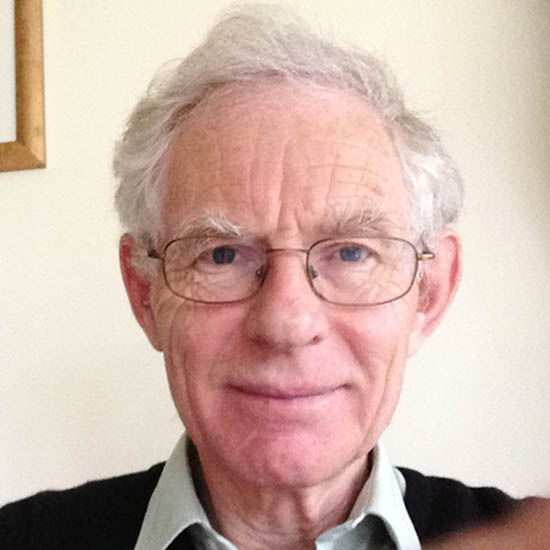George Brownlee has conducted significant work on the sequences of nucleic acids and their biological implications. In the 1960s, he contributed to the development of RNA sequencing methods, which he used to determine the sequence of the 5S ribosomal RNA — at that time, the longest nucleic acid to be sequenced.
In the 1970s, he analysed mRNA, identifying the AAUAAA polyadenylation signal and defining ‘untranslated?’ sequences. He demonstrated that immunoglobulin variable (V) and common (C) regions of mRNA were continuous. He identified a precursor for immunoglobulin light chain synthesis, showing it contained a ‘signal’ for secretion. He coined the term ‘pseudogene’ for homologous but nonfunctional sequences while sequencing the 5S DNA of toads.
Later, George cloned the mRNA for clotting factor IX, which is defective in haemophilia B. He expressed functional recombinant clotting factor IX in cell culture, thus paving the way for the safe treatment of patients. Sequencing the RNA genome of influenza virus allowed him and Ervin Fodor to isolate, in 1999, recombinant influenza virus in cell culture, leading to improved vaccines for children.
Professional position
- Trustee (Chairman 1999-2010), EP Abraham Cephalosporin Fund, University of Oxford
Subject groups
- Biochemistry and molecular cell biology
Biochemistry and molecular biology

